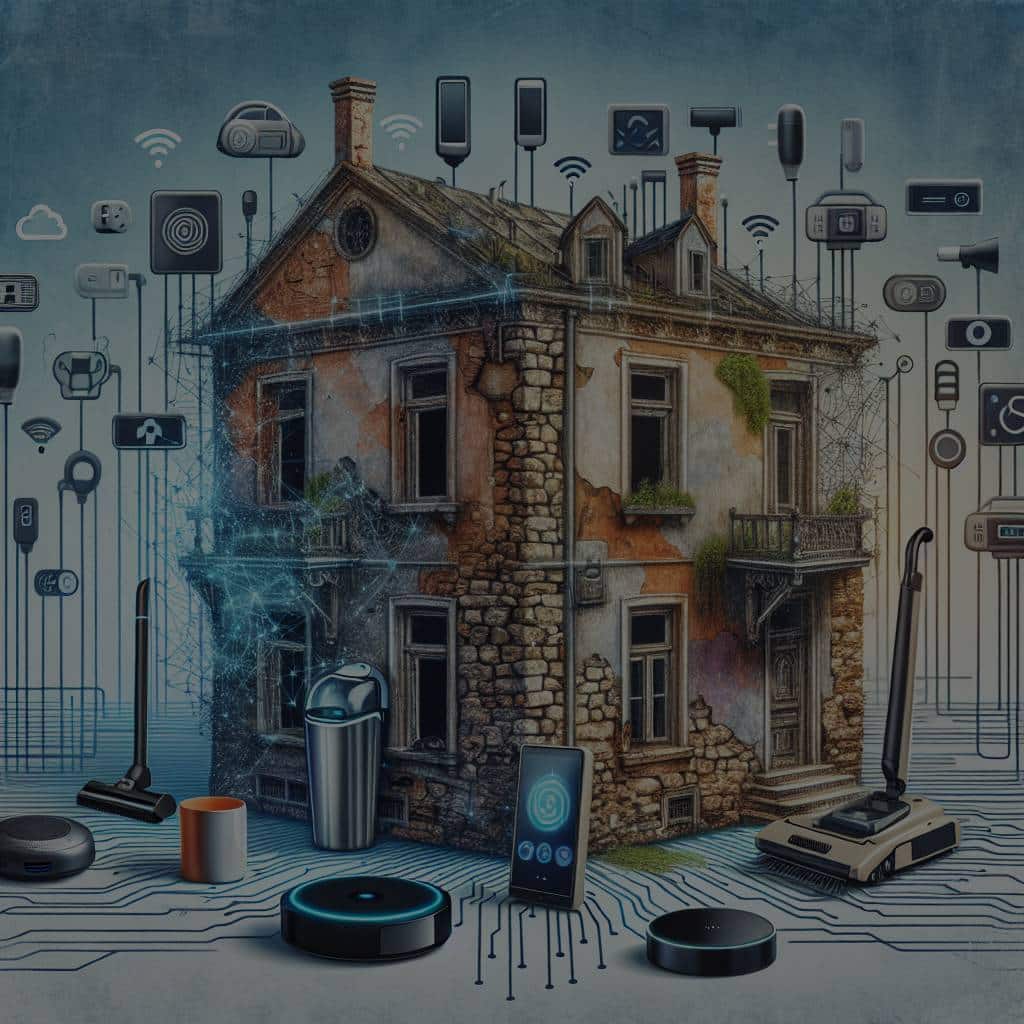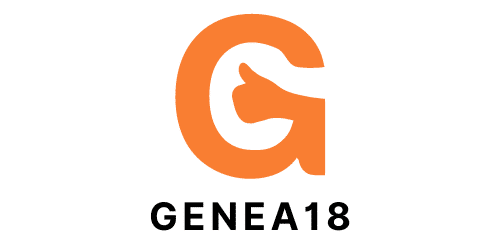What Are the Challenges of Implementing Smart Home Technology in Older Buildings?

As the world rapidly embraces the future, homes are becoming progressively smart. A smart home is a space where appliances and devices can be remotely controlled using the Internet of Things (IoT) technologies. These smart technologies have the potential to significantly improve our lives by providing us with more control over our homes, saving energy, and enhancing home security. But, what happens when you want to transform older buildings into smart homes? This article explores the challenges that you need to consider.
Understanding Smart Home Systems
Before delving into the challenges, it’s crucial to understand the concept of a smart home. A smart home system is a suite of devices, appliances, and other items that connect into a common network. This network can be independently and remotely controlled.
In the same genre : Is There a Role for VR in Enhancing Traditional Classroom Teaching?
These devices include a wide range of products, such as home security systems, thermostats, doorbells, lights, motion sensors, cameras, and even locks. The real magic happens when these devices start communicating, sending data to each other, and being controlled by a single system.
Retrofitting Challenges in Older Buildings
However, retrofitting older buildings with smart home technologies can be a daunting task. These buildings often have unique architectural features and structural limitations that can make smart home technology installation complicated.
Also read : How Is AI Used to Enhance Decision Making in Autonomous Emergency Vehicles?
For starters, older buildings may not have the necessary wiring to support modern devices. Most smart home devices require high-speed internet, which needs contemporary cabling. In older buildings, you may need to replace or upgrade the existing wiring infrastructure, a process that can be disruptive and costly.
Moreover, the building’s material could interfere with wireless signals. Thick concrete walls or floors, metal beams, and other structural elements could cause signal degradation and make it challenging for smart home devices to communicate effectively.
Energy Efficiency and Environmental Considerations
Introducing smart home devices into older buildings can help in reducing energy consumption and promoting environmental sustainability. However, achieving this requires a careful examination of the existing energy systems, building materials used, and potential alterations required.
For instance, smart thermostats can help in reducing energy consumption by efficiently managing heating and cooling systems. However, these devices might be incompatible with the existing heating or cooling systems in older buildings, requiring significant modifications or replacements.
Energy efficiency improvements in older buildings may also require insulation upgrades or window replacements to minimize energy leakage, which can be a costly and time-consuming process.
Privacy and Security Concerns
When it comes to smart homes, privacy, and security are paramount. With the rise of IoT devices, a significant amount of sensitive data is collected and transmitted over the internet. This raises concerns about data privacy and security, particularly in older buildings with outdated security systems.
Hackers could potentially exploit vulnerabilities in these systems to gain unauthorized access to personal information or even control the smart home devices. Therefore, it’s essential to integrate robust security measures, such as strong encryption and secure networks, to safeguard the privacy and security of the users.
Health Considerations
While smart homes promise convenience and efficiency, they also bring potential health concerns. The constant emission of electromagnetic radiation from wireless devices and technologies has raised health concerns, particularly for older adults who may spend a considerable amount of their time at home.
It’s important to conduct thorough assessments to understand the potential health risks and ensure that the use of smart home technologies doesn’t compromise the health and wellbeing of the residents.
In conclusion, while the idea of transforming older buildings into smart homes is enticing, it comes with a unique set of challenges. These include retrofitting difficulties, energy efficiency concerns, privacy and security issues, and potential health risks. However, with careful planning and implementation, these challenges can be effectively managed to create a smart, sustainable, and safe living environment.
Retrofitting Solutions for Old Buildings
Transforming older buildings into smart homes demands innovative solutions that can overcome the unique retrofitting challenges these structures present. One of the main hurdles is the existing wiring systems that may not support the high-speed internet required by smart devices. In such scenarios, one solution could be the use of powerline network adapters that convert existing electrical wiring into a high-speed network. This could potentially reduce the cost and disruption of having to install new cabling.
Using adaptive devices that can enhance the wireless signal strength across the building is another approach. For instance, Wi-Fi extenders or mesh systems can help in overcoming structural interference from thick concrete walls or metal beams, ensuring real-time communication among home devices.
In the case of incompatible heating or cooling systems, smart radiator valves can be used. These devices permit individual radiator control, allowing for efficient energy management without the need for major alterations to the existing system.
Privacy and Security Measures
Addressing privacy and security concerns is crucial when implementing smart home technology in older buildings. Data encryption and secure networks are primary measures to ensure data safety. However, privacy security goes beyond this and may involve incorporating privacy by design, a principle where privacy measures are integrated right from the development stage of the smart home system.
Moreover, regular software updates and patches are essential to fix any vulnerabilities that might arise in the home systems. Users should be educated about the importance of these updates and how neglecting them could expose their smart homes to potential threats.
Two-factor authentication provides an additional layer of security. Even if a hacker gets through the initial password, they would still need the second factor to gain access. This could be a code sent to a mobile device or a biometric factor like a fingerprint.
Conclusion
Transforming older buildings into smart homes is a complex process that requires a careful balance between leveraging new technologies and preserving the unique features of these buildings. The challenges of retrofitting, energy management, privacy security, and potential health risks are substantial but surmountable with thoughtful planning and innovative solutions.
While smart home technologies provide numerous benefits such as energy efficiency and enhanced home environment, it is crucial to address these challenges to ensure a secure, efficient, and seamless transition to smarter living. As technology continues to evolve, so too will the solutions for integrating smart home systems into older buildings, making it an exciting realm to watch in the coming years.
